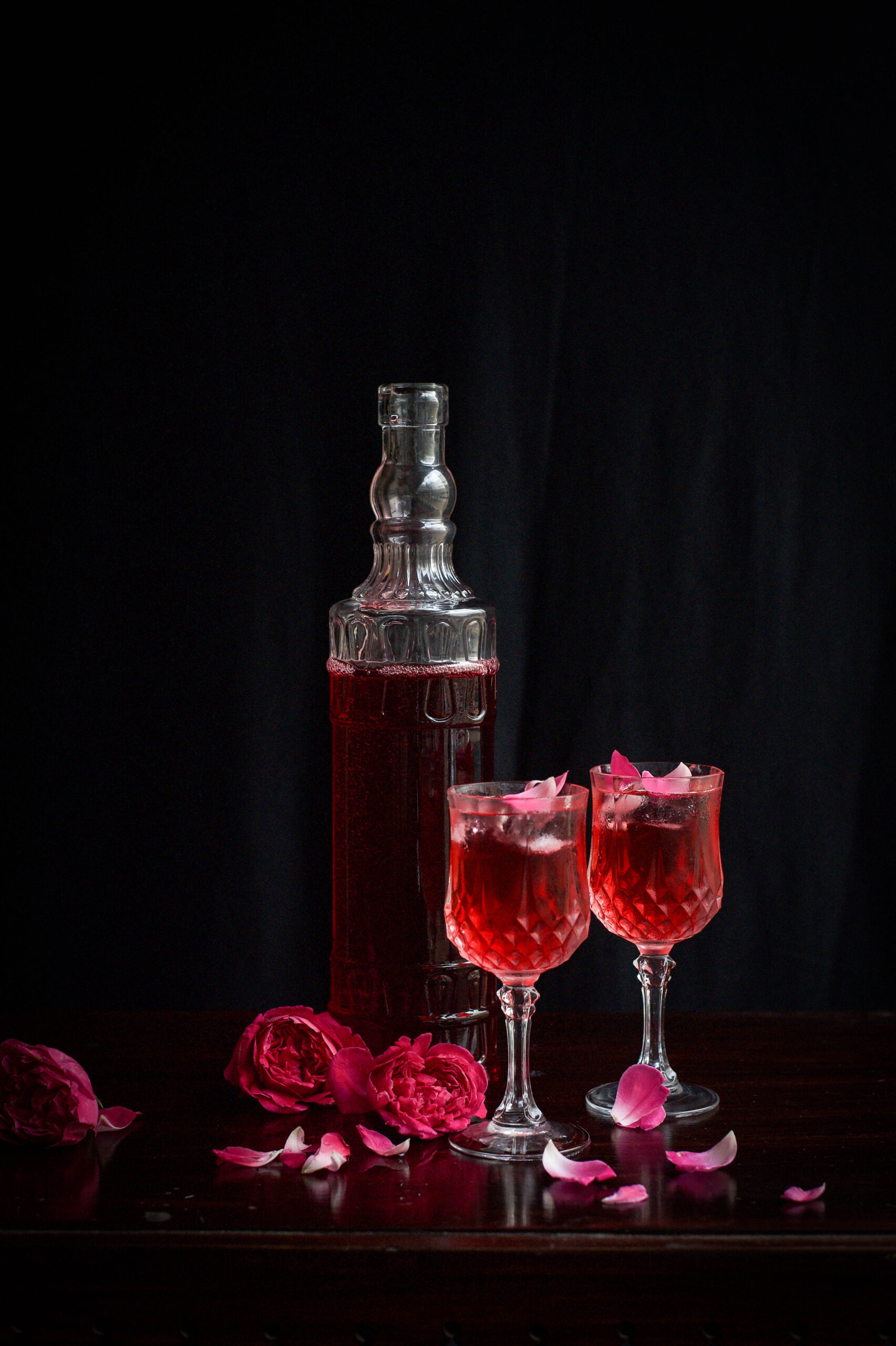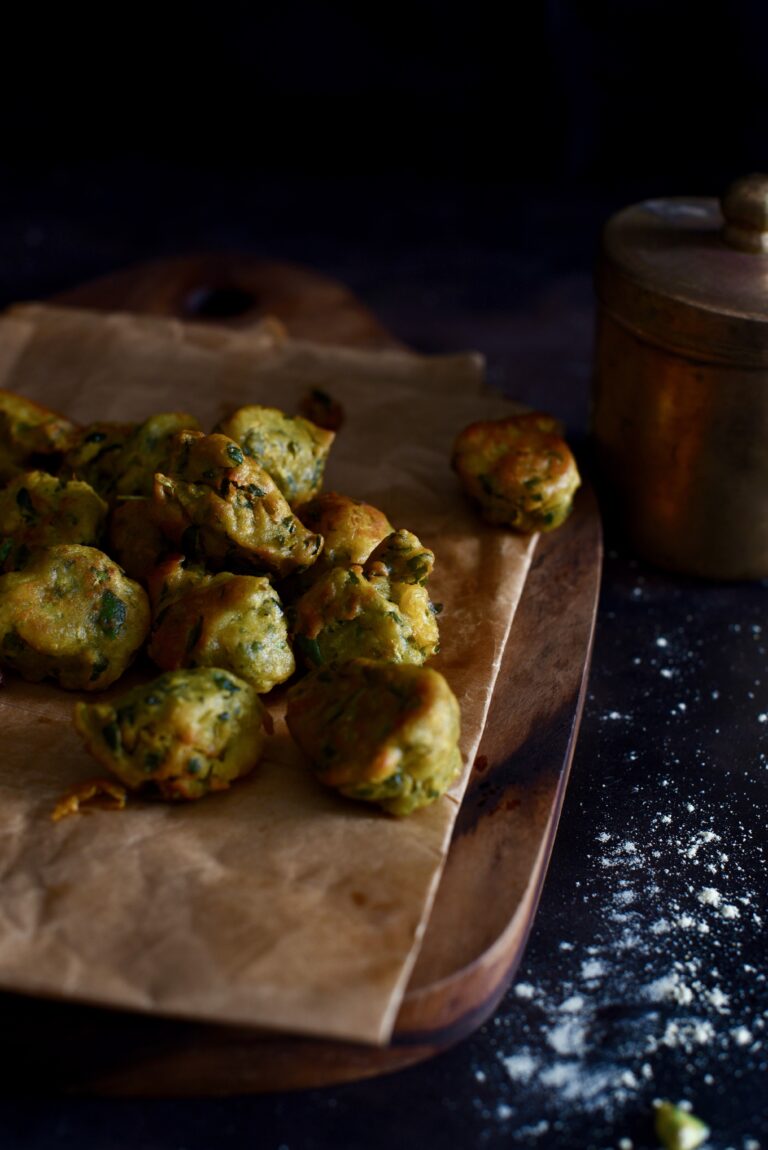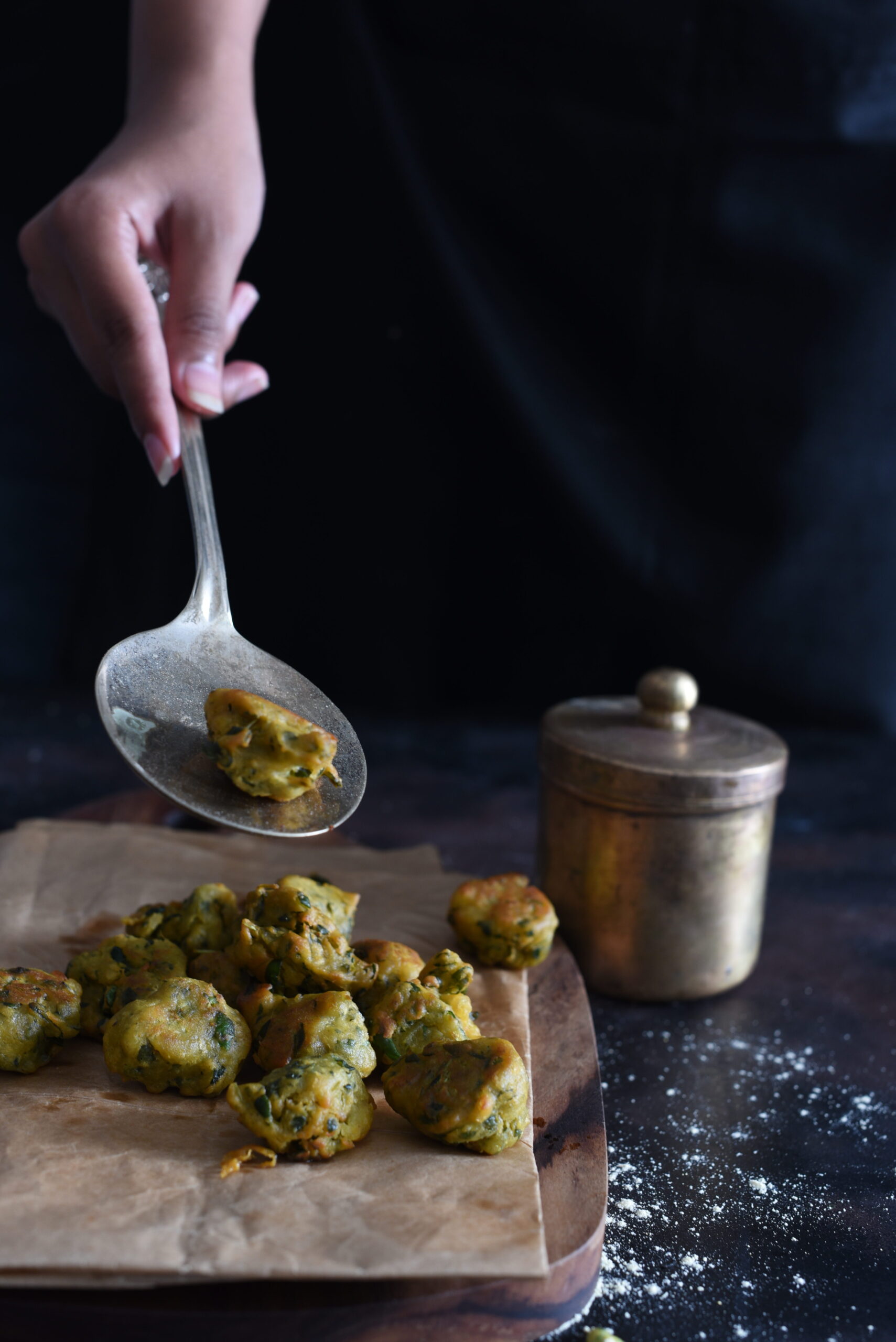My childhood summers were almost always spent in Vijayawada, where my maternal grandparents lived. If you’ve followed my blog for some time, you may remember when I mentioned their huge fridge or the vetiver-scented curtains in their rooms. So many precious memories were made there as we grew up. Maybe one reason why the scent and flavour of roses are such a vital element in the re:store kitchen is because they always evoke for me one very special taste from those long-ago days: rose sherbet.
This is my aunt’s recipe, and she made it almost ceremonially every summer in Vijayawada. Or so it felt to me, at least, because the luscious colours and fragrance – and that wonderful, cool taste at the end of it all – were so grand. The household had a very traditional kitchen, despite the ultra-modern fridge, and there was no dining table. In one corner was a puja area, where the gods were always served first, which is why our custom is to never taste food as it is being cooked. Followed by the offering to the gods, the kids would be served. Leaves would be laid on the floor in rows, and my siblings, cousins and I would sit down cross-legged and eat. Banana leaves are popular in South India, but we also used sal or banyan leaves, known as patravali (and locally as istrakku). Leaves are not only a traditional form of crockery, they are also environmentally-friendly. They are biodegradable and are a single-use item, thus requiring no water wastage during cleaning.
Sitting on the floor expectantly, the leaf before me, I would glance up and look at the amazing array of glass bottles on the shelves. My aunt collected these in every colour and shape, and this beautiful mismatched display was used to store her luscious rose sherbet. We would each be treated to a single glass of it after lunch, so I always looked forward to the end of the meal. The sherbet would be mixed with either water or milk. The latter was a healthy concession (because this is a sugary beverage), as well as a way to get us kids excited about drinking milk.
Sherbet is a drink brought to India from the Middle East, as its name indicates, coming from the Turkish “şerbet”, Persian “sharbat” and Arabic “sharba”. Naturally cooling, it is a concentrate made of either flowers or fruits, which is diluted. It is sometimes spiced but always sweetened.
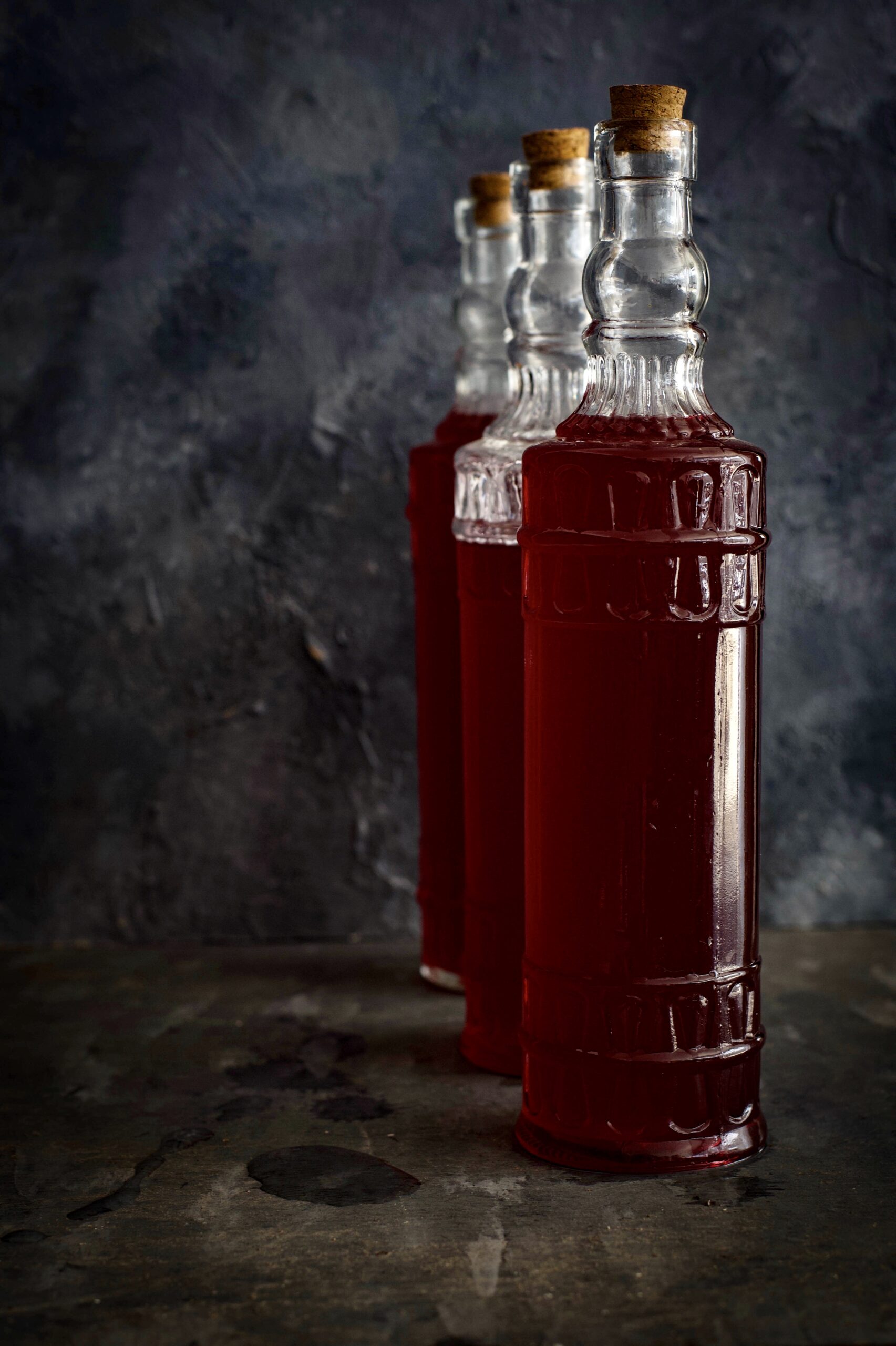
I had the good fortune of having my aunt visit recently. She is in her 80s now and as we reminisced about the good times, we ended up making a fresh batch of rose sherbet in my home. Now it’s my shelves that are lined with those gleaming pink bottles.
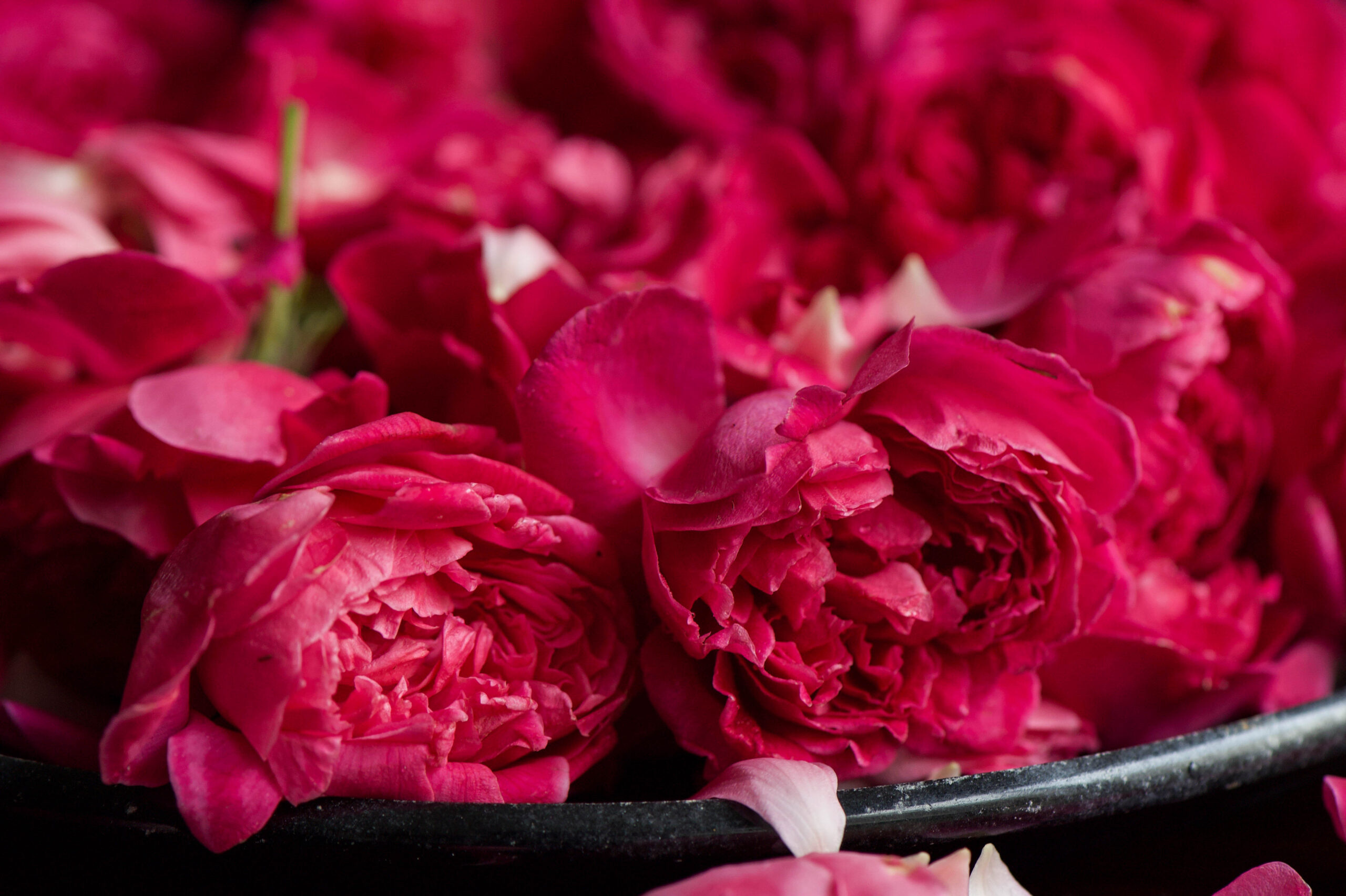

The roses we used are the pretty local ones known as “paneer roja”, which may be familiar to you as damask rose or country rose. They grow well in the tough weather conditions of Chennai, and they are so fragrant. Prepare for your entire kitchen to smell like heaven as you make this recipe. And why not? You deserve it. On those long summer days, like the ones we’ve started to have in Chennai now, it’s the perfect cheat day beverage. So cooling and so decadent!
Rose Sherbet
(Yield: Approximately 2 litres)
Ingredients
2 litres water
150 grams rose petals
1½ kilograms sugar
1 teaspoon citric acid
1 teaspoon rose extract
2 pinches of raspberry colour
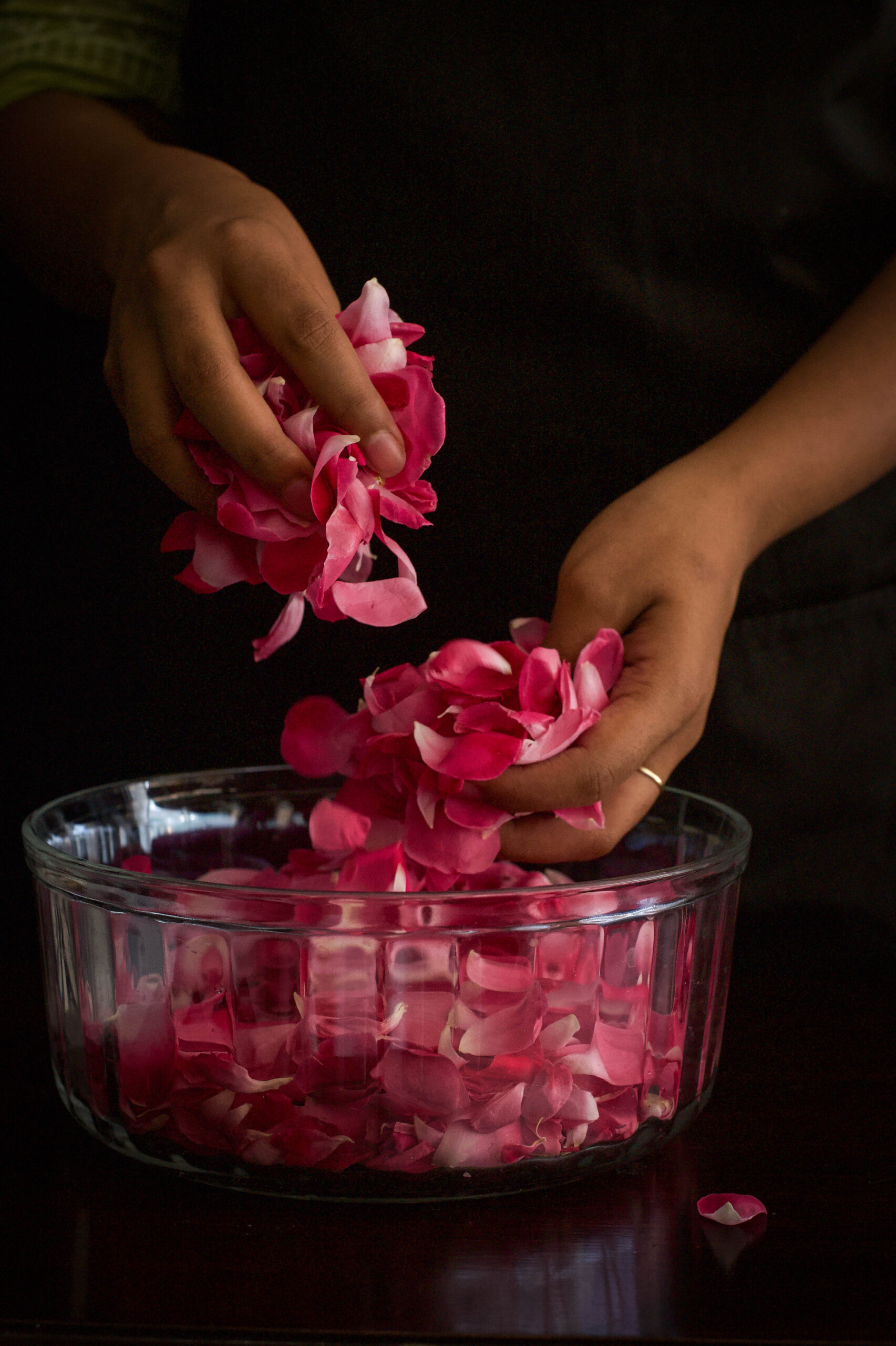
Pick and clean the rose petals. Place them in a vessel, cover with a lid, and let them soak in water overnight.
The following morning, crush the petals well using your hands or a hand blender. The water will now change colour.
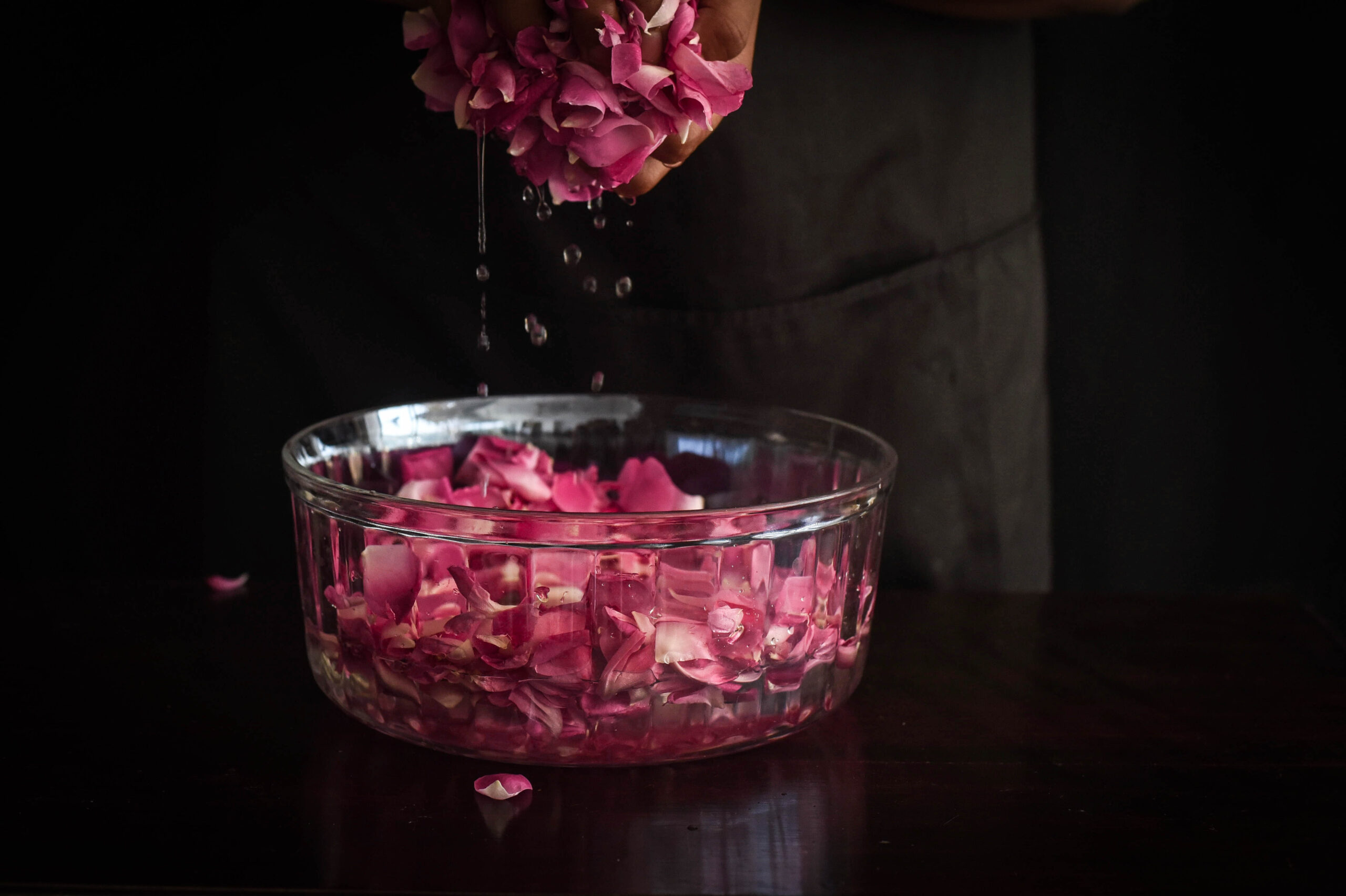
Squeeze the petals using your hands and strain and pour the rose water into a big steel pot and place it over a medium flame. Discard the petals. Add the sugar and stir constantly. Be careful not to allow the sugar to crystallise – this is a precise art.
Boil and stir until the water turns sticky when touched between your fingers. Then, turn off the flame and add the citric acid. Make sure you stir the pot well and the citric acid blends completely. Cover the pot with a net and allow to cool.
After a few hours, add some rose extract and the raspberry red colour to the sherbet. The latter is optional, but look at how delightful the drink looks when you do it! Kids will especially get a thrill from that rich colour.
Strain the sherbet, then use a funnel to pour the syrup into glass bottles. Store in a cool place. This beverage does not require refrigeration.
To serve, add 2 tablespoons of the syrup into a glass. Pour cold water until it fills the glass and mix lightly.
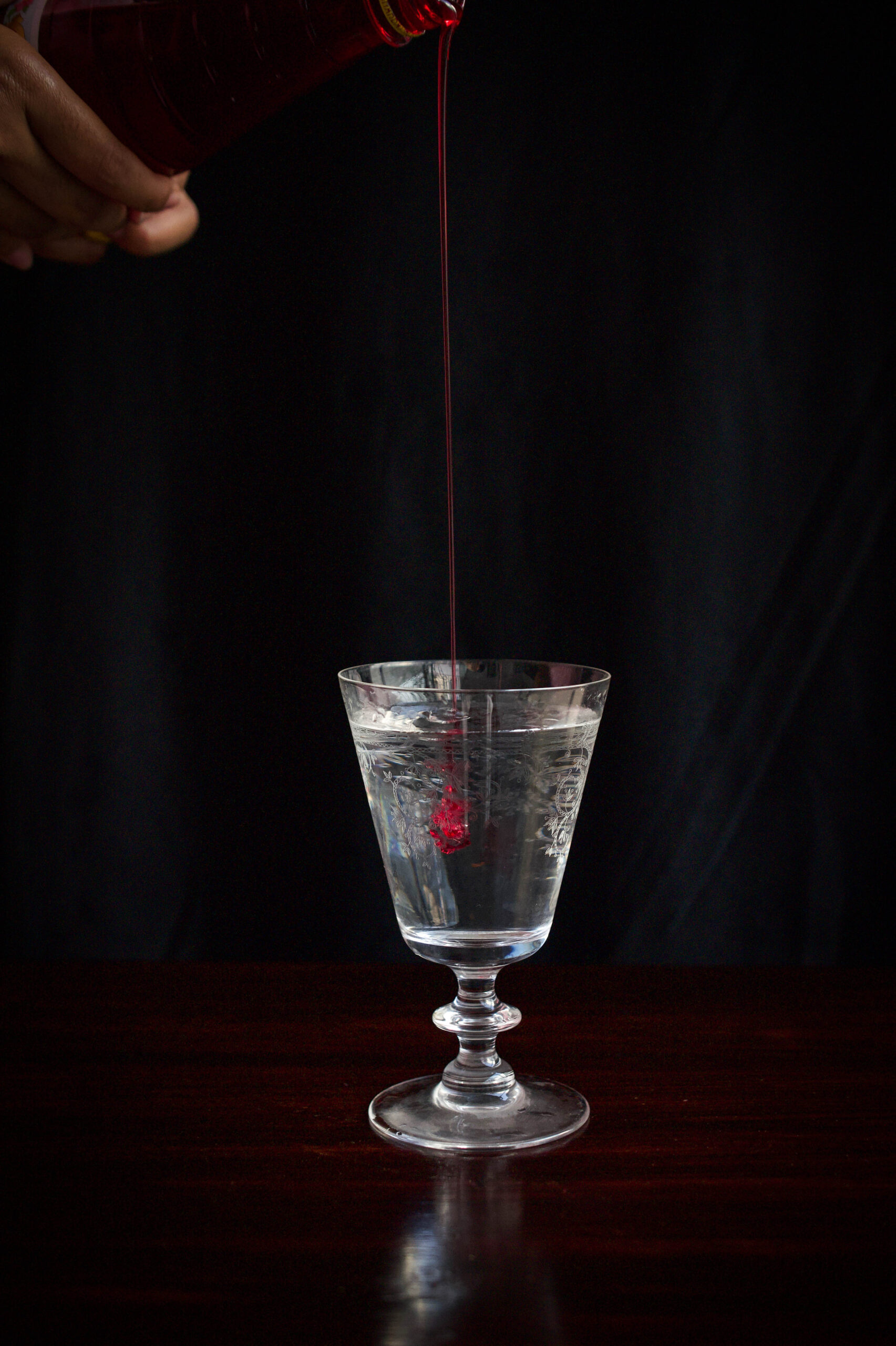


In my home, the favourite finishing touch is always a topping of ice cubes and a squeeze of lemon. Rose sherbet is so very refreshing, as well as so lovely to look at. You’ll have to do what my aunt did when we were kids and restrict yourself – just one sugary-sweet glass a day!
